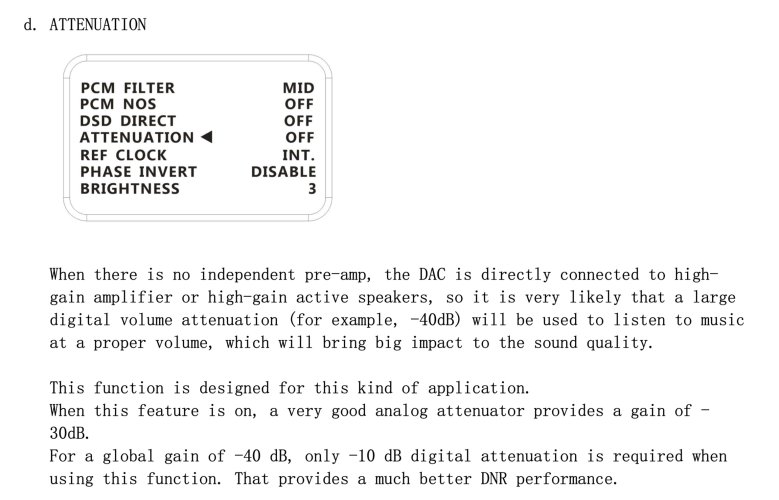LB inside R26 progress.
I have been using a pair of Neutrik XLR-RCA adaptors on my R26 and I have been busy trying out the XLR-RCA adaptors compared to using the dedicated RCA outputs from the Gustard R26 outputs this morning. I have been living with the adaptors which give a pseudo balanced output, so not proper balanced but the voltage is higher at 5v.
I know that the increased voltage will give more volume as you kindly pointed out and when changing over the connections I tried to compensate for this. Listening to Diana Krall Sway I was definitely hearing more detail and texture on the brush on high hat at the beginning of the track with the XLR connection, the sound is just more alive, the difference is subtle but there.
I swapped over several times to confirm this, I must try the Jennie test (my dear wife) for confirmation but she was busy doing shopping etc. I should try the test with using my single ended Avondale Grad One solid state preamp which hasn't been heavily tweaked by myself like the Conrad Johnson clone has.
Next, after a suggestion from a prominent 'The Audio Standard' forum member on the LB thread, I tried disconnecting the BT antenna cable from the R26 vertical board with the streamer and LAN USB and Optical connections. I thought that the antenna would only be powered when the Bluetooth input was selected as the desired input, I think this is incorrect now. I placed a bit of heat shrink over the exposed antenna connector as I didn't want it to short anything on the motherboard. I just left the connector on the PCB open with no blanking.
The result, after trying to hear small difference's between XLR and RCA, was quite a wow moment, disconnecting the BT antenna made a big difference in detail and space around instruments instantly. A definite improvement. It may be that the LB PCB is being affected or that the BT antenna degrades the onboard R26 clock?
If the BT antenna is making this much of a difference then it is logical to assume that further screening is a good move around the LB. My next move.
Can other please try this disconnection of the bluetooth antenna internally, I'd like to hear back from others if it effects R26 owners without an internal Leo Bodnar clock!
























